
Table of Contents
As Jewelry Shopping Guide editors, we write about things that we love and we think you’ll like too. We often have affiliate partnerships, and may generate some revenue from these links at no cost to you.
Ancient Roman jewelry was distinct in its style, with elements borrowed from other civilizations.
Utilizing a variety of metals, precious and semi-precious gemstones as well as man-made elements such as glass, these jewelry items were beautiful and timeless.
Even today, Roman influence can be seen in jewelry and reproductions make for historical pieces perfect for the 21st century.
Let’s take a look.
History of Roman Jewelry
Jewelry in ancient Rome signified status, power, knowledge, influence, and wealth. Jewelry also had spiritual purposes and was commonly offered to Roman deities when worshipping. As Romans were careful about how they appeared in public, jewelry was a way to enhance their image and to carefully craft it.
- Women in ancient Roman times wore a lot of jewelry, including earrings, necklaces, fibula, and rings. Multiple pieces of jewelry would be worn at once. This could include layered necklaces, stacked rings, or bracelets as desired. One way in which jewelry mattered to Roman women was that jewelry was their own property. They could buy and sell jewelry as they wish as Roman women were allowed to enter into business (although they could not vote or hold public office).
- Men wore fewer pieces of jewelry, compared to women with rings and fibulae being the most common options. Layering rings was a common practice and each ring could represent something important in the person’s life.
- Roman children typically wore protective amulets that were meant to keep them safe and away from harm.
Materials Used in Roman Jewelry
Silver and gold were the main metals used during this time period. However, this was popular among the wealthy and upper classes. The average person wore jewelry made of inexpensive metals such as bronze or copper.
The Romans perfected mass production, which meant that most of the more affordable jewelry types were mass-produced. This made jewelry available to the masses and kept the prices down. Compare this to Greek jewelry where handmade items were common, and jewelry generally tended to be more expensive.
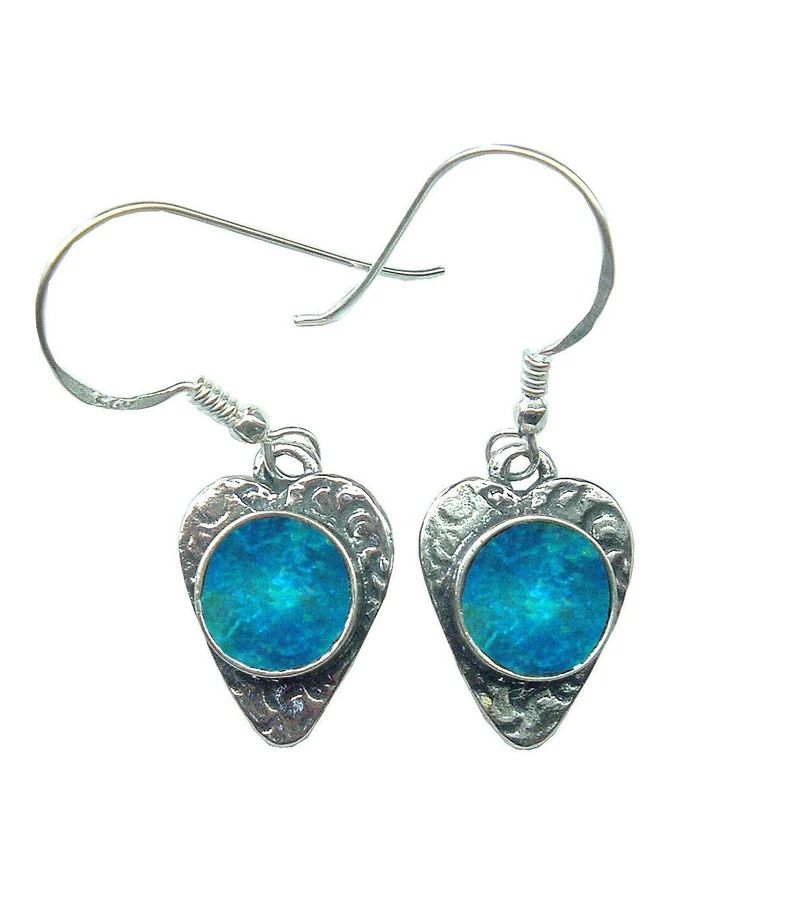
The ancient Romans also used a lot of gemstones, incorporating color into their jewelry. Precious gemstones such as amethyst, pearl, ruby, and emeralds were highly valued but even semi-precious stones like carnelian, jet, topaz, and amber were popularly used.
For more affordable options, colored glass was skilfully crafted to resemble gemstones.
Jewelry Styles and Motifs
Ancient Roman jewelry was largely influenced by Greek and Egyptian jewelry styles. Many skilled jewelers from these civilizations created jewelry for Romans, utilizing the styles and motifs that they already knew.
Some famous motifs included snakes, scarab beetles, flowers, vines, leaves, and other embellishments.
Types of Ancient Roman Jewelry Today
Ancient Roman jewelry styles still influence modern-day jewelry. You’ll find beautiful reproductions and even genuine antiques that highlight the beauty of Roman jewelry.
When wearing Roman jewelry, it’s best to pick one or two focus pieces instead of wearing everything at once. Less is definitely more in this case, and not only will it tone the style down, but it allows your chosen piece of jewelry to take the limelight.
Here are some of the most popular types of Roman-influenced jewelry available.
1. Roman Rings
Depending on your budget, you could opt for a modern ring influenced by Roman styles or choose an actual Roman antique ring. Antique rings, like this amethyst intaglio ring, are valuable and unique, making for a great collector’s item.
One unique Roman style is the ring key, which was used in Ancient Rome as a functional or aesthetic item, used to open small locks. These rings are very eye-catching and are sure to be a talking point.
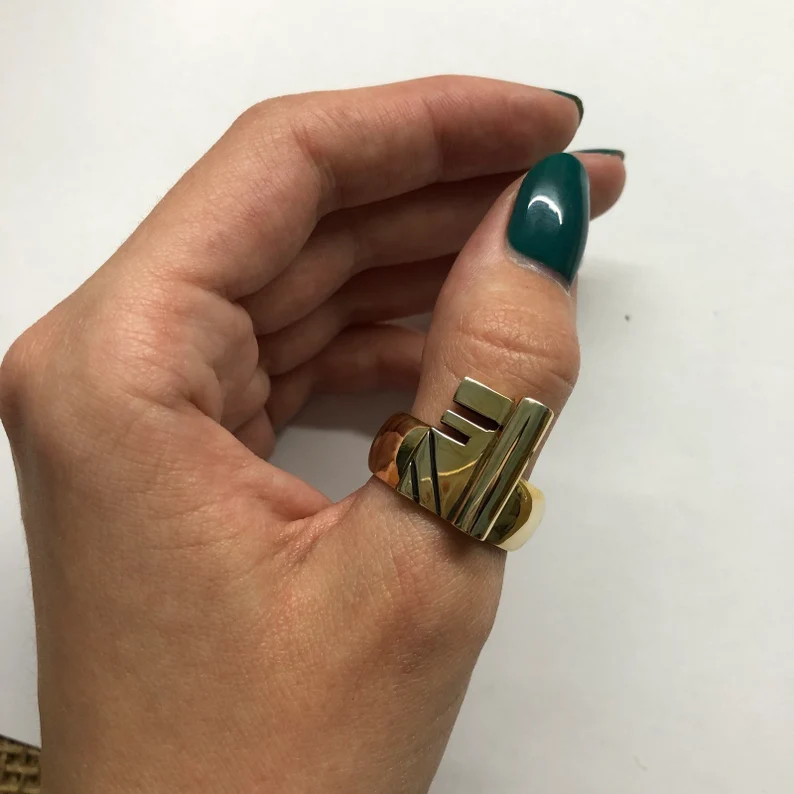
2. Roman Coins
Roman coins are a popular choice, featuring symbols or an image inspired by ancient Roman coins. Ancient Roman coins were called Aureus and came in gold, bronze, or silver. Today, jewelry inspired by Roman coins is made of brass, copper, silver, or yellow gold and is ideal for pendants.
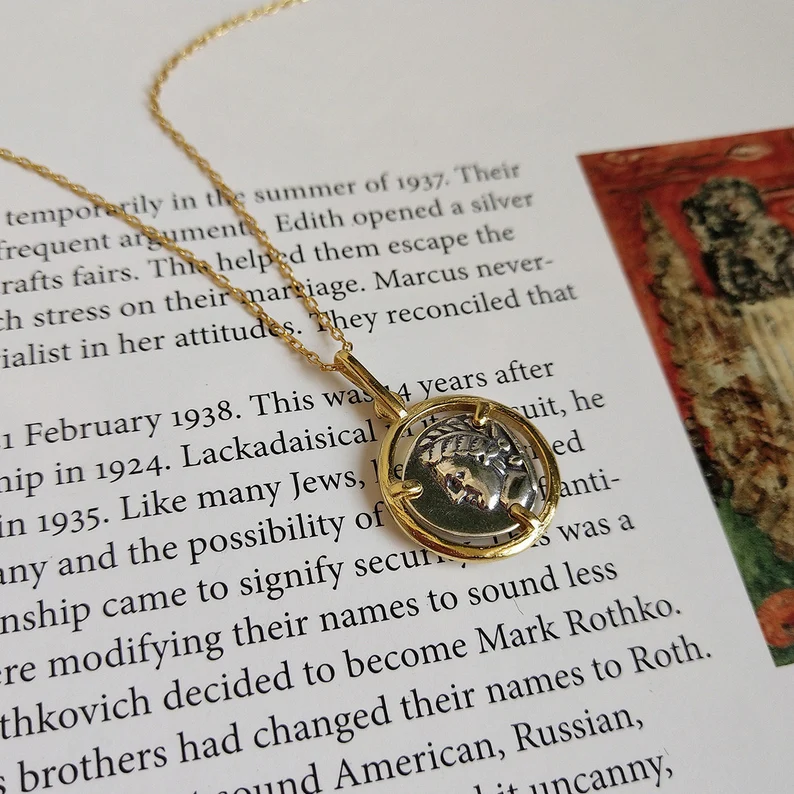
3. Roman Gods
Before the rise of Christianity in Rome, the ancient Romans worshipped many deities, such as Neptune, Mars, Pan, Jupiter, and so on. Jewelry featuring these gods makes for very intriguing designs and is a nod toward Roman mythology, history, and culture.
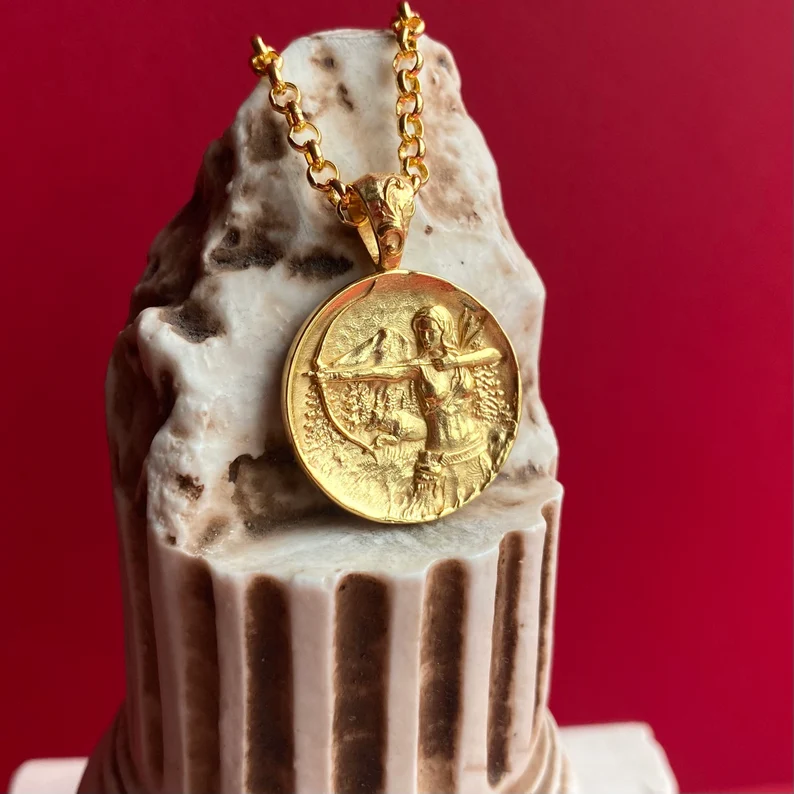
4. Ancient Roman Glass
Glass was a popular material used to create artifacts, jewelry, and household items during Roman times. These items have been excavated and recovered across the Roman Empire. Most glass from this time features a pale blue-green color.
Ancient Roman glass replicas or originals are often used in creating earring studs, pendants, and rings.
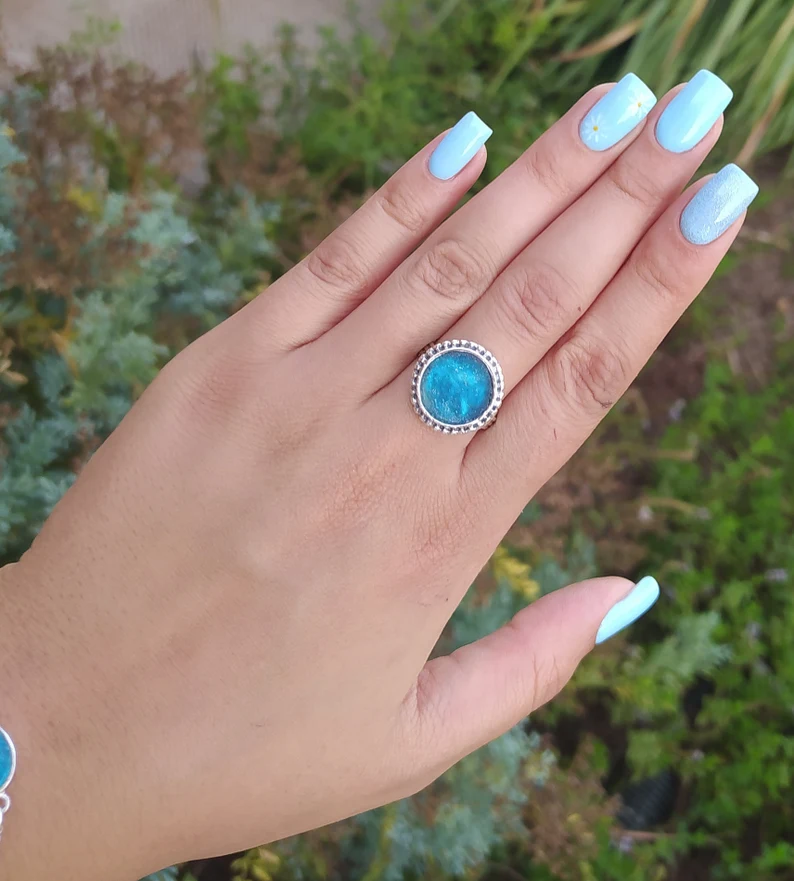
Where to Buy Ancient Roman Jewelry
Genuine Roman jewelry can burn a hole in your wallet, but beautiful modern reproductions are available, affordable, and stylish. They give you the look without the cost.
You can find these at a variety of prices, from a few dollars to hundreds of dollars, depending on the quality of materials, craftsmanship, and even the brand of the item.
Starting your search on Etsy gives you access to amazing and unique pieces, some of them genuine antiques. Amazon also offers a range of modern jewelry inspired by Roman styles. Check them out to find your perfect Roman jewelry piece!









